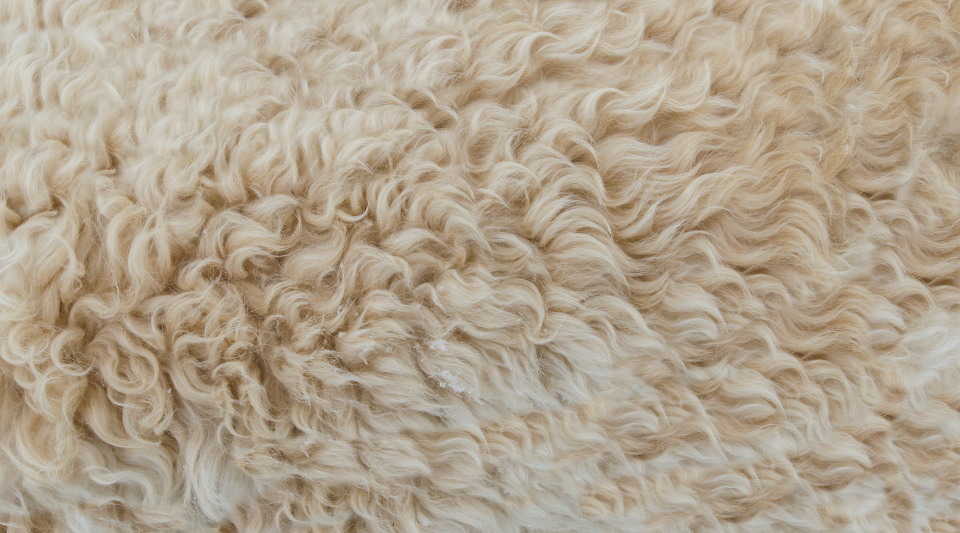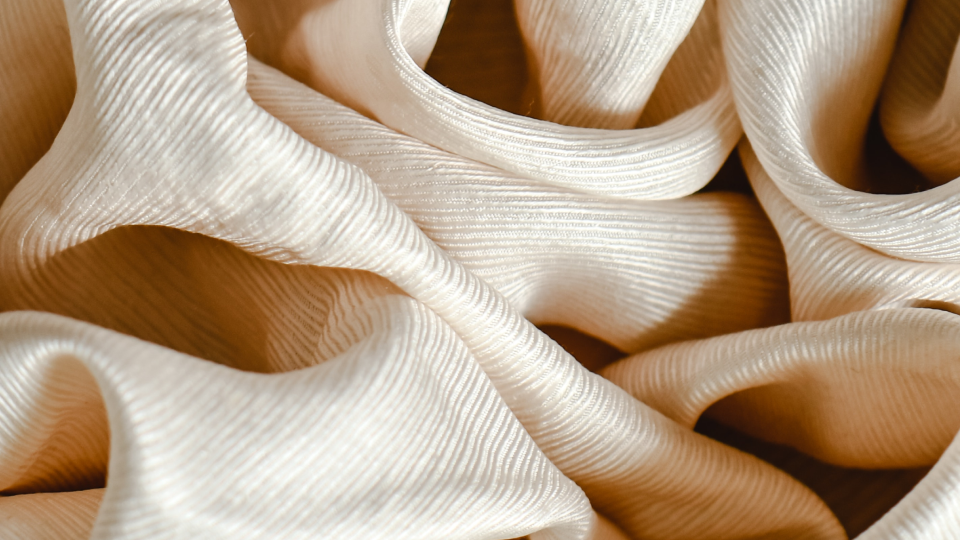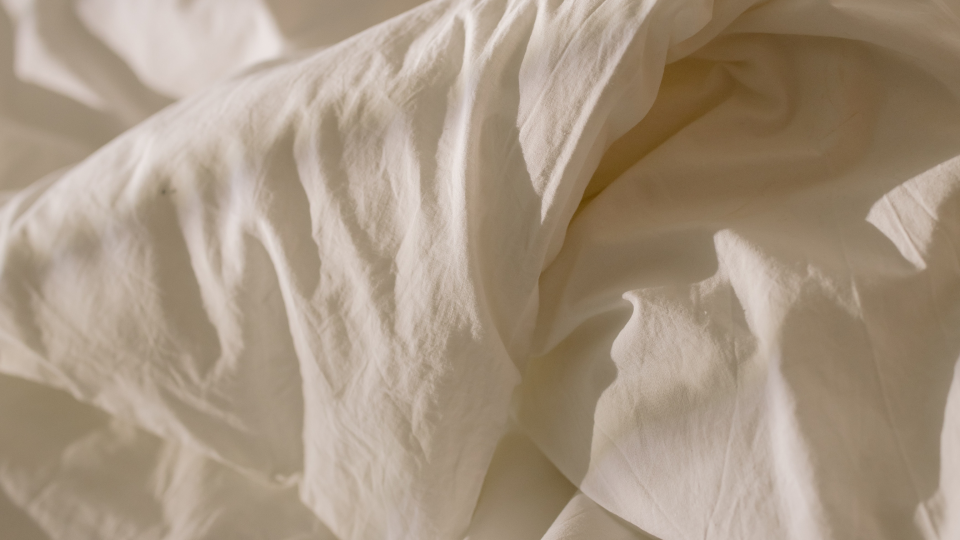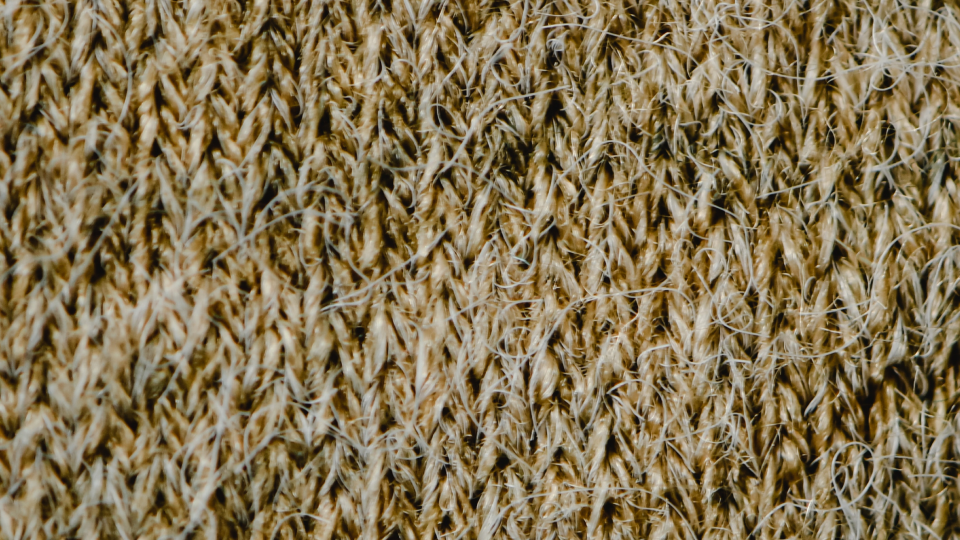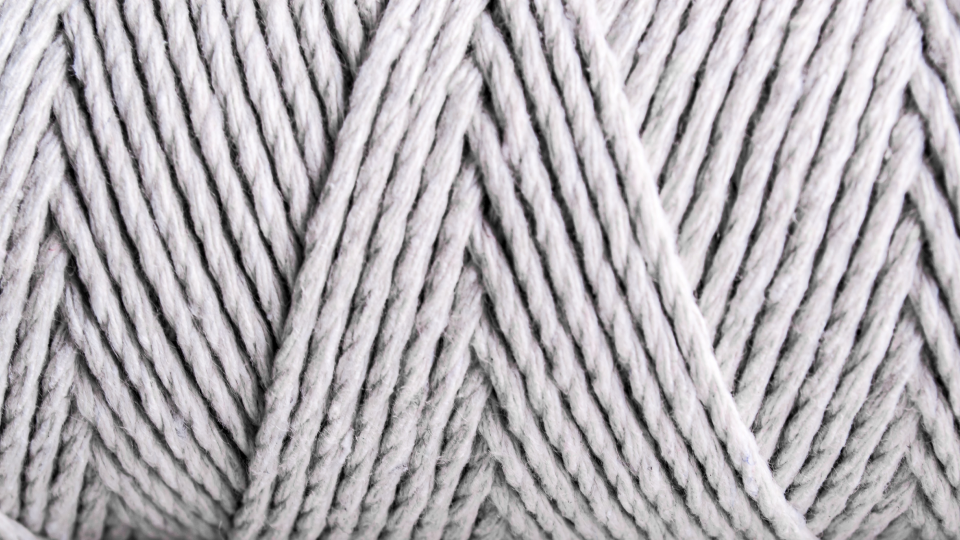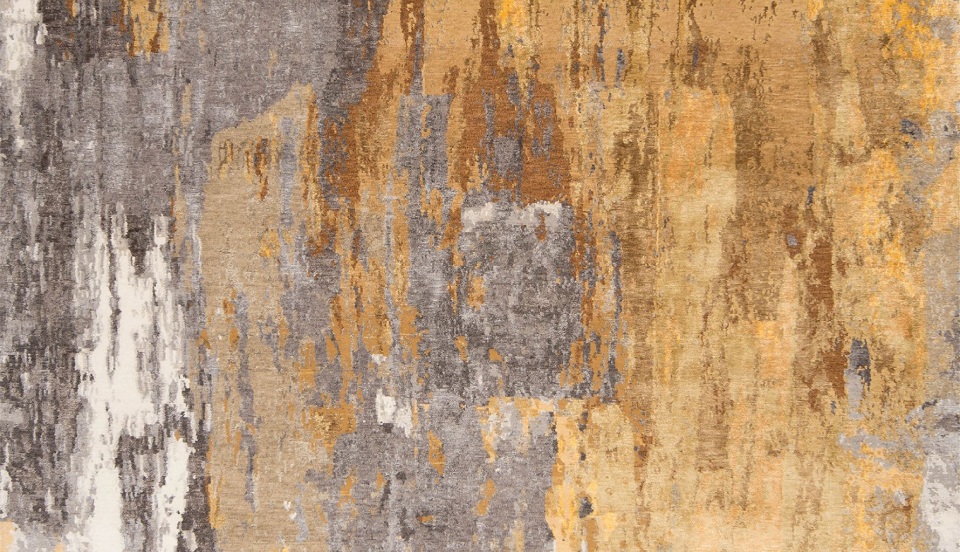Maintenance Guidelines
Regular cleaning and maintenance can go a long way in increasing your carpet's life span.
Here are some simple tips you can follow:
- Carpets should be vacuumed regularly to remove dust, rolling marks and reduce shedding.
- Carpets must be cleaned professionally at least twice a year.
- If your carpet is stained, blot the area gently with a cloth instead of rubbing it harshly. This will prevent the stain from spreading and protect the carpet fibres too.
- In case of cotton or woollen rugs, stains must be cleaned immediately with mild soap mixtures. White vinegar with water or lemon juice with a salt solution can also be used.
- For silk and viscose (art-silk), professional cleaning is recommended for stains. Mild soap water can be used for immediate resolution.
- Natural fibre rugs like jute and cotton are highly absorbent and must be dusted and vacuumed on a regular basis.
- Avoid soaking carpets in hot water, steaming and direct exposure to sunlight to prevent shrinkage and colour fading.
- For a deeper clean, you can try a vacuum with a wet capability. Soap solution or shampoo can be used but try the solution on a small patch first to ensure the colours do not spread or merge.
- In case of bad odour, place the rug, back side up, in direct sunlight for 24 hours. Note that placing the carpet facing direct sunlight will affect its colours.
